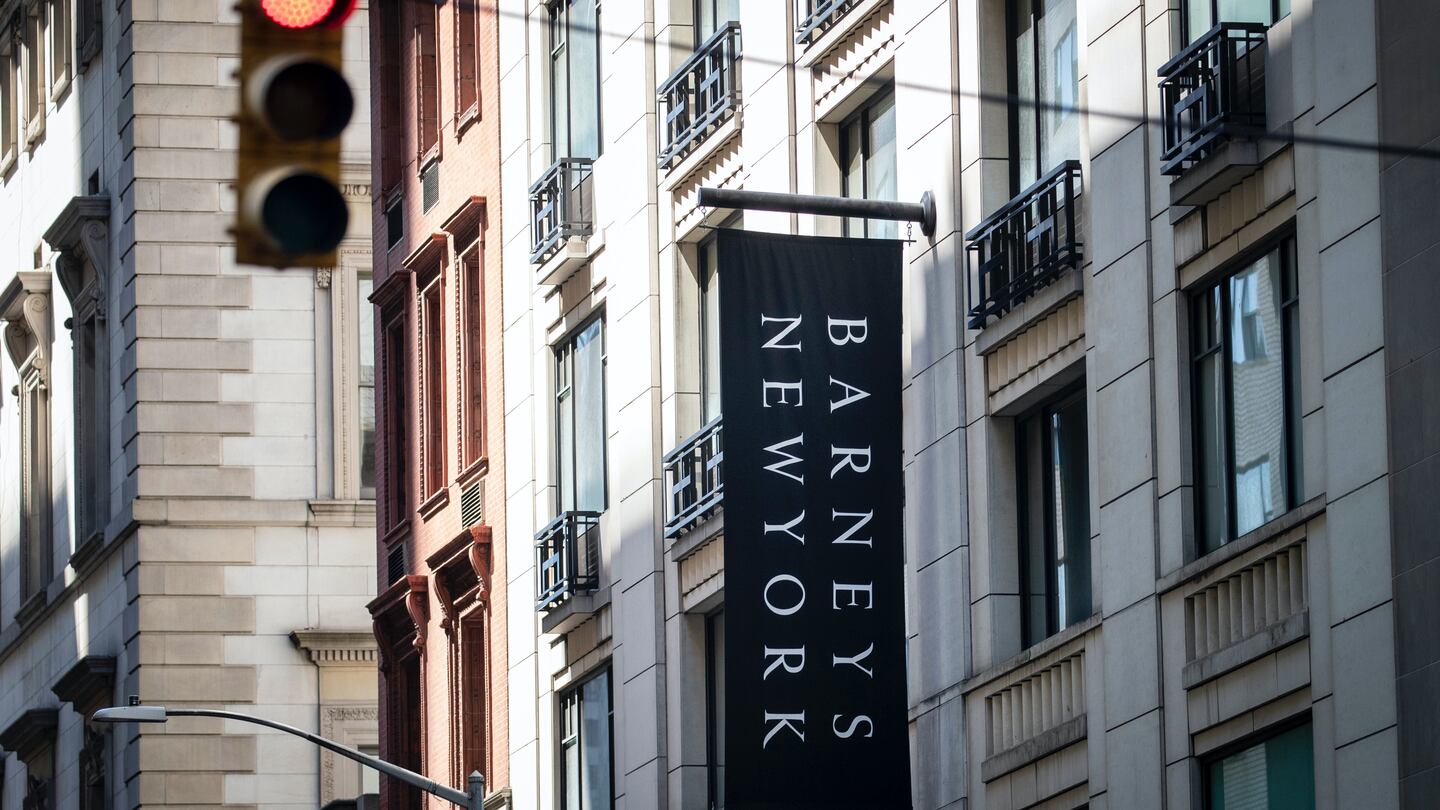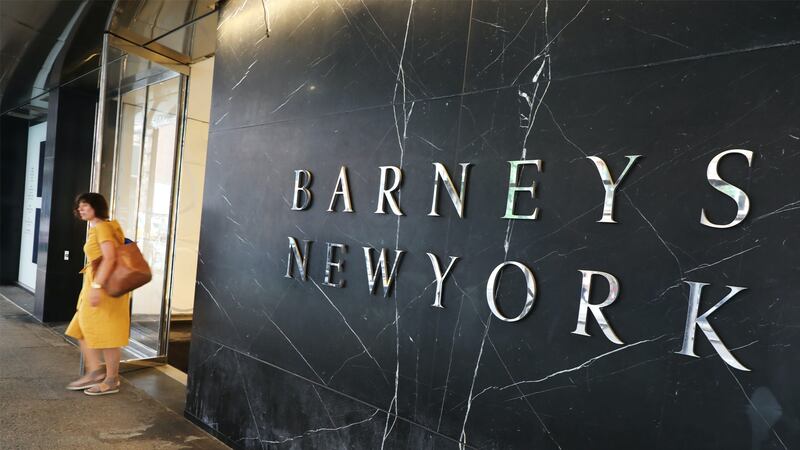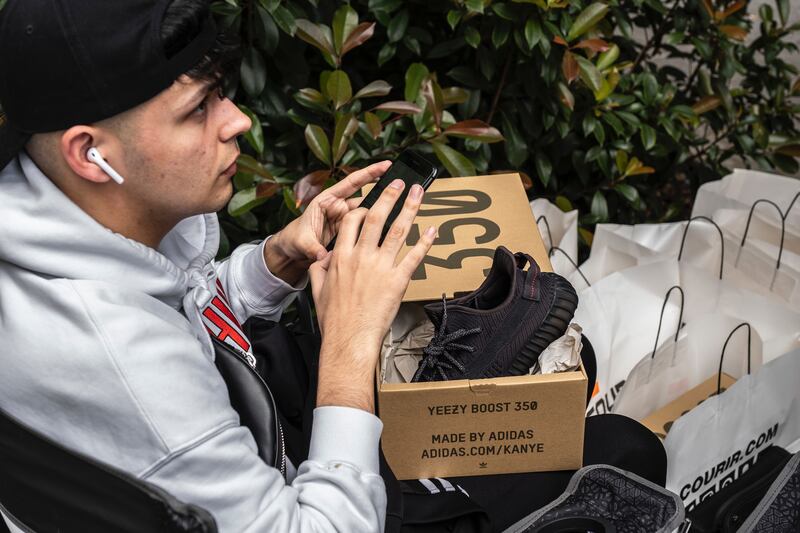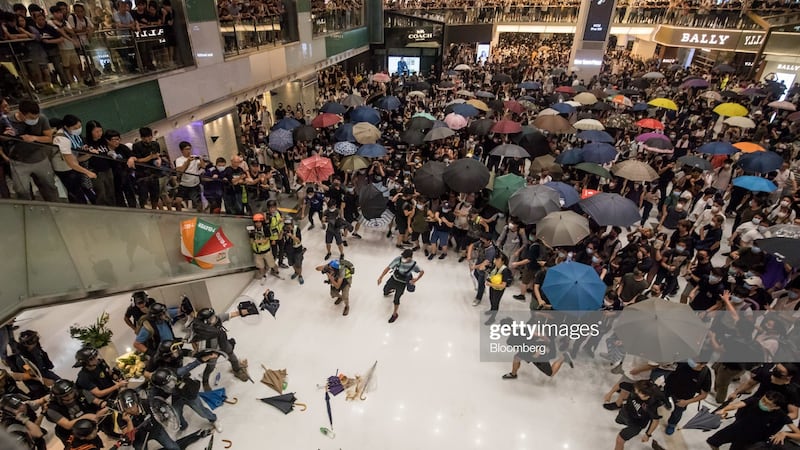
The Business of Fashion
Agenda-setting intelligence, analysis and advice for the global fashion community.

Agenda-setting intelligence, analysis and advice for the global fashion community.

THE CHEAT SHEET
Barneys in the Balance

Barneys New York in lower Manhattan | Source: Getty Images
Whoever buys Barneys has their work cut out for them. The mini-chain of department stores is a long way from its heyday as an arbiter of luxury style. That role today is played by more rigorously curated multi-brand stores like Dover Street Market and Kith, plus the legions of influencers, e-commerce sites and direct-to-consumer brands that now compete for the attention of customers. That's not to say Barneys is destined to join Henri Bendel in department store heaven; last week, a consortium of fashion executives, led by Kith founder Sam Ben-Avraham, assembled a $220 million bid to buy the retailer, according to The Wall Street Journal. And a new store in the American Dream mega-mall in East Rutherford, N.J., is still slated to open.
ADVERTISEMENT
The Bottom Line: Once a brand loses its relevance with consumers it's hard to get it back. But Barneys has to try; otherwise the spiral of falling store traffic and growing online competition will send it right back into bankruptcy court.
Will "Jesus Is King" Spark Another Fashion Revolution for Kanye West?

A Barcelona man waited in line to buy a pair of Adidas Yeezy sneakers. | Source: Paco Freire/SOPA Images/LightRocket via Getty Images
The Bottom Line: Fashion has become an important part of the music industrial complex. In a time when the songs themselves are streamed rather than owned, fans still want a physical signifier to show off their loyalties.
Has Fashion Given Up on Hong Kong?

Riot police confront demonstrators inside New Town Plaza shopping mall in Hong Kong. | Source: Paul Yeung/Bloomberg via Getty Images
As Hong Kong's pro-democracy protests near the end of their fourth month, retailers are contemplating a permanent downturn in a market they once viewed as a linchpin of their business in Asia. Demonstrators protesting against anti-democratic measures taken by mainland China's government in the city have targeted malls along with transit hubs and city streets in an effort to draw maximum attention to their cause. Cowen estimates a year-on-year drop of anywhere from 10 percent to 60 percent in sales for brands like Coach and Tiffany. Privately, executives talk of a death spiral for retail in the region, as protest shut down business activity, triggering layoffs and further depressing spending. Brands are attempting to make up for their losses in Hong Kong by investing more in mainland China, where opportunities abound despite the US trade war.
The Bottom Line: Brands may struggle to stay above the political fray if violence continues to escalate and the protests gain more international attention.
ADVERTISEMENT
SUNDAY READING
Professional Exclusives You May Have Missed:
The Week Ahead wants to hear from you! Send tips, suggestions, complaints and compliments to brian.baskin@businessoffashion.com.
Was this BoF Professional email forwarded to you? Join BoF Professional to get access to the exclusive insight and analysis that keeps you ahead of the competition. Subscribe to BoF Professional here.
The company, under siege from Arkhouse Management Co. and Brigade Capital Management, doesn’t need the activists when it can be its own, writes Andrea Felsted.
As the German sportswear giant taps surging demand for its Samba and Gazelle sneakers, it’s also taking steps to spread its bets ahead of peak interest.
A profitable, multi-trillion dollar fashion industry populated with brands that generate minimal economic and environmental waste is within our reach, argues Lawrence Lenihan.
RFID technology has made self-checkout far more efficient than traditional scanning kiosks at retailers like Zara and Uniqlo, but the industry at large hesitates to fully embrace the innovation over concerns of theft and customer engagement.